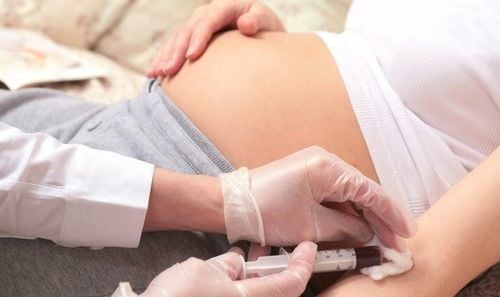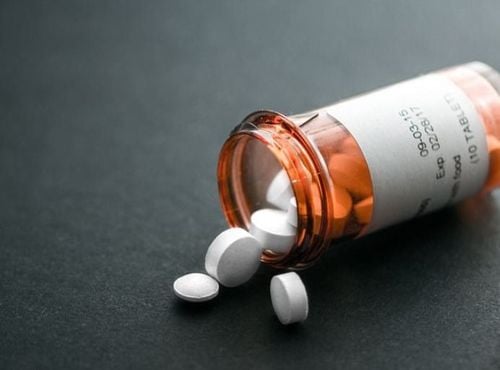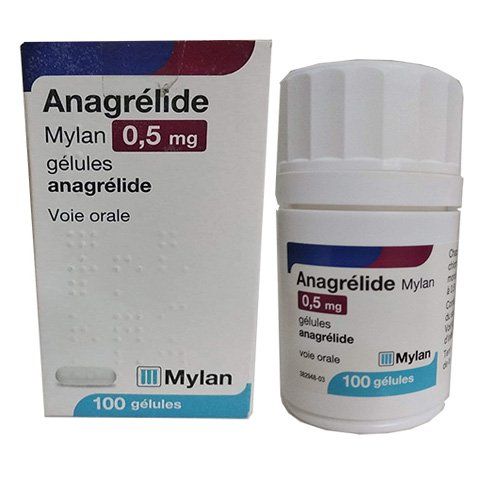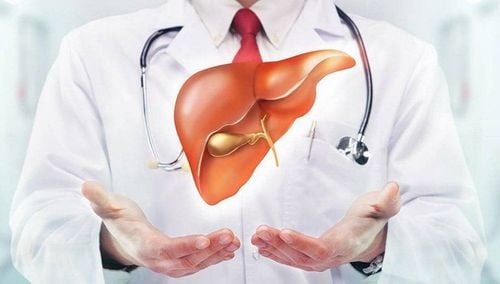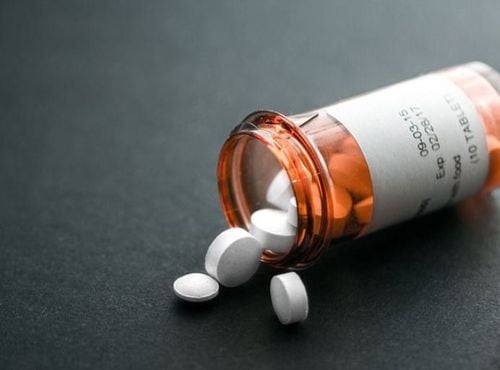This is an automatically translated article.
The article is written by MSc Pham Thi Thuy Nhung and MSc. Dr. Tran Thi Vuong - Laboratory Department - Vinmec Hai Phong International General Hospital.When taking many different blood tubes, it is necessary to take the correct order of tubes, with the goal of minimizing and minimizing the contamination of anticoagulants from the first blood collection tube to the next blood collection tube, affecting the test results. experience.
1. The process of arranging blood tubes in order
For blood culture bottles: draw blood with a syringe and then inject into the prepared bottle
For vacuum tubes: the order of blood collection will be:
Coagulation tube (anticoagulant with Citrate Sodium 3.2 % or 3.8%) Tubes without anticoagulation (gel or no gel) Anticoagulation with Heparin EDTA tubes Other tubes (eg NaF): For blood culture bottles : For blood culture tests, peritoneal fluid cultures ....in microbiology, the inside of the bottle is usually BHI broth. The inside contains antibiotic-neutralizing particles, creating conditions for bacteria to grow quickly, absolute sterility should be given first.
For blood tubes:
The first tube is a Citrate tube: Vein puncture will start the coagulation process, so the first citrate tube in the vacuum tubes is preferred. Citrate anticoagulants temporarily inactivate blood clotting by binding to Ca++ in the blood. Coagulation will be initiated when Ca++ is re-added. There are 2 types of concentration on the market, 3.8% and 3.2%. Type 3.8% with strict requirements to take the right amount of blood, no excess, no shortage, otherwise it will affect the test. With the 3.2% type that can draw blood within the allowable range, this type is more recommended by CLSI: (3.2% or 3.8%). This test tube is commonly used in testing: Coagulation tests, platelet aggregation measurement, blood clot elastography Intem, Extem, Fibtem, Aptem, Haptem., detecting antiplatelet antibodies by Flow – Cytometry, detection/confirmation of lupus anticoagulation Followed by non-anticoagulated tubes: used in laboratory tests: hematology, indirect Coombs, immunoantibody titres, screening/identification Abnormal antibodies, Haptoglobin quantification, Free Kappa/Lambda serum quantification, anticardiolipin IgG/IgM. quantification, anti B2GP IgG/IgM quantification, Flow - Cytometry antiplatelet antibody detection, assay prenatal screening, newborn screening, autoimmune antibodies, allergen panel... Next is the Heparin anticoagulation tube, which contains Lithium heparin. Heparin inhibits blood clotting by complexing with thrombin, inactivating thrombin. Thrombin is considered the center of the blood clotting system. When thrombin is inactivated, they cannot break down fibrinogens into fibrin, thereby preventing clots. Heparin anticoagulant tube is recommended for use in biochemical tests, blood gas analysis ... because it has the least effect on ions.
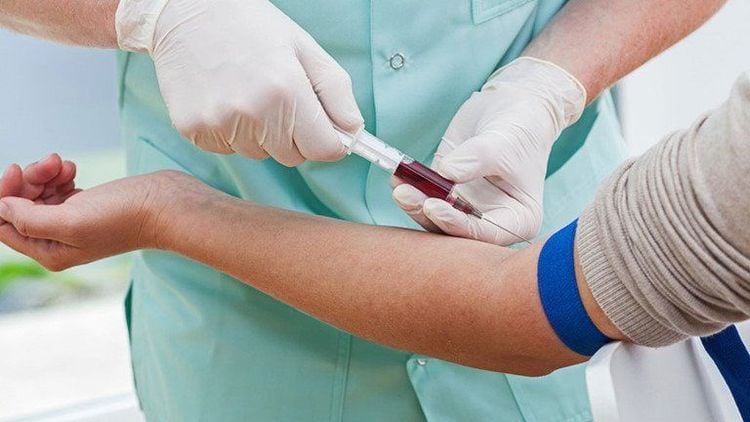
Sau khi lấy máu cần bơm máu vào ống nghiệm theo đúng thứ tự
Next is the EDTA tube. The sodium and potassium salts of EDTA have a very strong anticoagulant effect through the mechanism of combining with Ca2+ in the blood, forming a stable EDTA-Ca complex. EDTA K2 and Na2 salts are commonly used as anhydrous salts, EDTA K3 in liquid form. Due to the nature of keeping the cell shape stable for a long time, it is suitable for blood cell survey tests such as: Total blood analysis, HbA1C, erythrocyte sedimentation rate, hematogram, as a specimen to observe parasites. germs in the blood. EDTA combined with Ca2+ is stronger than Sodium Citrate. Finally, the NaF tube: Contains Potassium Oxalate and NaF components. Potassium Oxalate acts as an anticoagulant by binding Ca++ of the blood. NaF acts as an inhibitor of glycolysis, preventing glucose in the blood from being broken down. Therefore, NaF tubes are suitable for biochemical tests that cannot be performed immediately (blood collection at a distance). NaF tubes can be used for routine biochemical tests, except for tests involving metals such as Ca, or electrolytes (Na, K..).
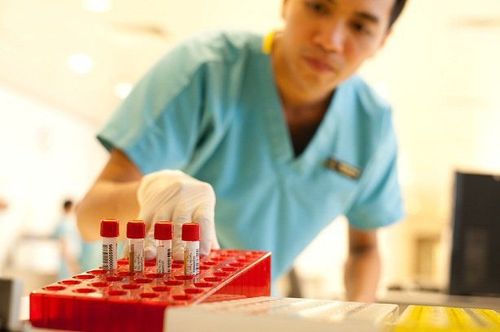
Xét nghiệm tại Vinmec an toàn, hiện đại, chuyên nghiệp
Vinmec International General Hospital is one of the hospitals that not only ensures professional quality with a team of leading medical doctors, modern equipment and technology, but also stands out for its examination and consultation services. comprehensive and professional medical consultation and treatment; civilized, polite, safe and sterile medical examination and treatment space. Customers when choosing to perform tests here can be completely assured of the accuracy of test results.
Customers can directly go to Vinmec Health system nationwide to visit or contact the hotline here for support.






